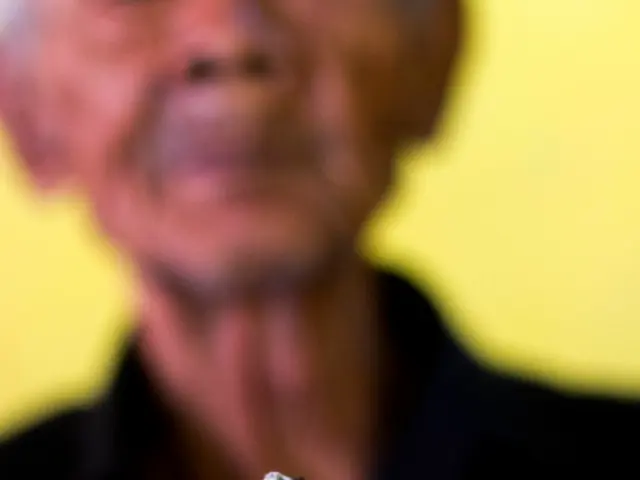Navigating Diabetes While Traveling - Important Factors to Consider
Traveling with diabetes can be a rewarding experience, but it requires careful planning and preparation to ensure a safe and enjoyable trip. Here are some key points to consider when preparing for your vacation.
Firstly, it's essential to be aware of the symptoms that may occur during travel. Nausea, dizziness, and feeling unwell are common experiences, and they can be caused by various factors, including motion sickness, travel-related illnesses, or changes in blood sugar levels.
In the event of nausea, it's crucial to inject short-acting insulin just after meals, when you know the food will stay in your stomach. Injecting before a meal and then vomiting could otherwise lead to low blood sugar.
To be prepared for emergencies, experts recommend packing glucose tablets, glucose drinks, and a glucagon kit. Additionally, insulin should be in your carry-on luggage, as low temperatures in the cargo hold of the plane can affect the medication.
Consulting with a healthcare provider before travel is advisable. They can provide valuable advice on how to handle symptoms while away and help you plan for any potential emergencies.
Experts also recommend packing two to three times the amount of medication you need for your trip. This ensures that you have enough medication in case of delays or unexpected circumstances.
When traveling by plane, it's important to have all necessary diabetes supplies in your carry-on luggage. A medical certificate from your doctor can also help avoid issues at the airport.
German Diabetes Aid (DiabetesDE) has drawn attention to the need for recognising symptoms correctly in people with diabetes. They emphasise the importance of measuring blood sugar levels immediately when nausea occurs during travel to determine if it is due to high or low blood sugar. If measurement is not possible, treat cautiously by consuming carbohydrates if hypoglycemia is suspected or seeking medical advice if hyperglycemia is suspected.
It's also crucial to be aware that travel sickness or a stomach bug could also cause these symptoms. In such cases, medications like dimenhydrinate can be used to manage nausea unrelated to blood sugar fluctuations.
While traveling, it's important to measure blood sugar levels quickly if feeling unwell. Diabetes experts suggest distinguishing low or high blood sugar from other causes when experiencing travel-related symptoms.
It's advisable to check your blood sugar level more frequently during your vacation, especially in hot or cold weather, at unusual altitudes, or during physical activity.
High blood sugar often comes with nausea, weakness, fatigue, vision problems, extreme thirst, and frequent urination. Low blood sugar can cause symptoms like trembling, sweating, hunger, rapid heartbeat, irritability, nausea, or fatigue.
Gastrointestinal infections often set in suddenly and can increase the risk of low blood sugar because blood sugar-lowering medications continue to work even when the body is not absorbing any food. Symptoms include nausea, vomiting, watery diarrhea, and abdominal cramps.
In conclusion, with proper planning and preparation, traveling with diabetes can be a safe and enjoyable experience. Always consult with your healthcare provider before travel, pack necessary supplies, and be aware of symptoms and their potential causes.
Read also:
- Urban Pacific microcosm: Playa Renaciente encapsulates the essence of city life along the Pacific coast
- Musical production of "Emil and the Detectives" relocates to Honsolgen
- Family United by Khaleej Times: Indian Family Celebrates Their Second Year of Reunited Life in Dubai
- Dolphins Identify Each Other Using Distinctive Signals and Establish Mafia-Like Social Structures






